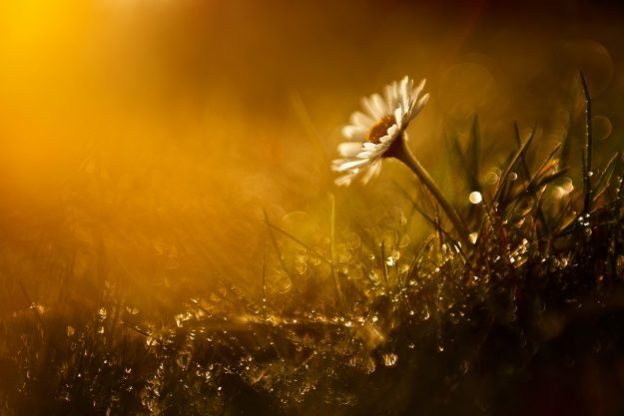Eir is a puzzling figure in Norse mythology. Snorri Sturluson, who set out to explain Norse mythology in his Prose Edda, explains Eir in two different ways in the two main books, Gylfaginning and Skaldskaparmal.



Eir is a puzzling figure in Norse mythology. Snorri Sturluson, who set out to explain Norse mythology in his Prose Edda, explains Eir in two different ways in the two main books, Gylfaginning and Skaldskaparmal.

I was going to do a post on whether Frigg and Freyja are the same goddess, but it seems that this is a much-rehashed controversy. So I decided to provide links to some of the more interesting pages I found, and let readers see for themselves. I’ve added some links on Friday and folklore to keep up the alliteration and for interest.

The Germanic goddess Frigg comes across as the ideal wife and mother in most accounts – Norse myth focuses on her grief for Baldr and her wfely strategems for getting Odin to favour her side in disputes. However, there are two stories that show Frigg in a very different light – were they attempts by Christian writers to discredit her, or is there more to the story?

This is the first of a series of posts on Frigg, the wife of Odin and the mother of Baldr. Unlike her husband, she plays very little part in the tales, and unlike Freyja no Eddic poem commemorates her deeds. Later medieval writers made Frigg and Odin into a kind of northern Jupiter and Juno (Simek: 94), and while Odin and Jupiter have little in common, the two queenly goddesses certainly resemble each other.

We all know the Norse creation myth. In the beginning was ice and fire, then the fire thawed the ice enough to form a place where beings could emerge and life begins to form. Eventually some of the younger generation, led by the god Odin, killed the very first being, the giant Ymir, and made the world from his body.

Ymir, the first being in Norse myth, is the first creator, who gives life to a number of beings, and a giant who is more serviceable dead than alive. (Odin and his brothers make the world out his body.) There is a real tension in the Ymir story between these two views of him, reflecting the ambiguous attitude of Norse myth towards giants in general.


Kvasir was the Norse god whose blood became the first mead, a drink that made a poet out of those who imbibed it. This drink, blood fermented with honey, was the motive for several murders, and wound up in the hands of the god of poets and inspired ecstasy, Odin.
The story of Kvasir is one level another John Barleycorn story – he dies to make mead, just as Barleycorn did to make beer. But there’s clearly more to the story, given that mead bestowed wisdom, just as Kvasir had while alive. He shared freely with all he met, and died for it.

Celebrity feuds are the meat and drink of modern gossip columns. But what do you do when it’s two gods duking it out? The Greeks had plenty of god feuds, as you might expect, including Poseidon vs. Zeus, and Hera vs. Hercules. And the Norse had a god feud of their own, involving their two most important gods: Odin and Thor.

Norse Mythology, by Neil Gaiman, W.W. Norton, 2017.
Earlier this year I reviewed Carolyne Larrington’s The Norse Myths, a lavishly illustrated introduction to the Norse myths for a popular audience. While Larrington’s book is more scholarly and objective, Gaiman’s book is laid out as a series of stories; retellings rather than analysis.